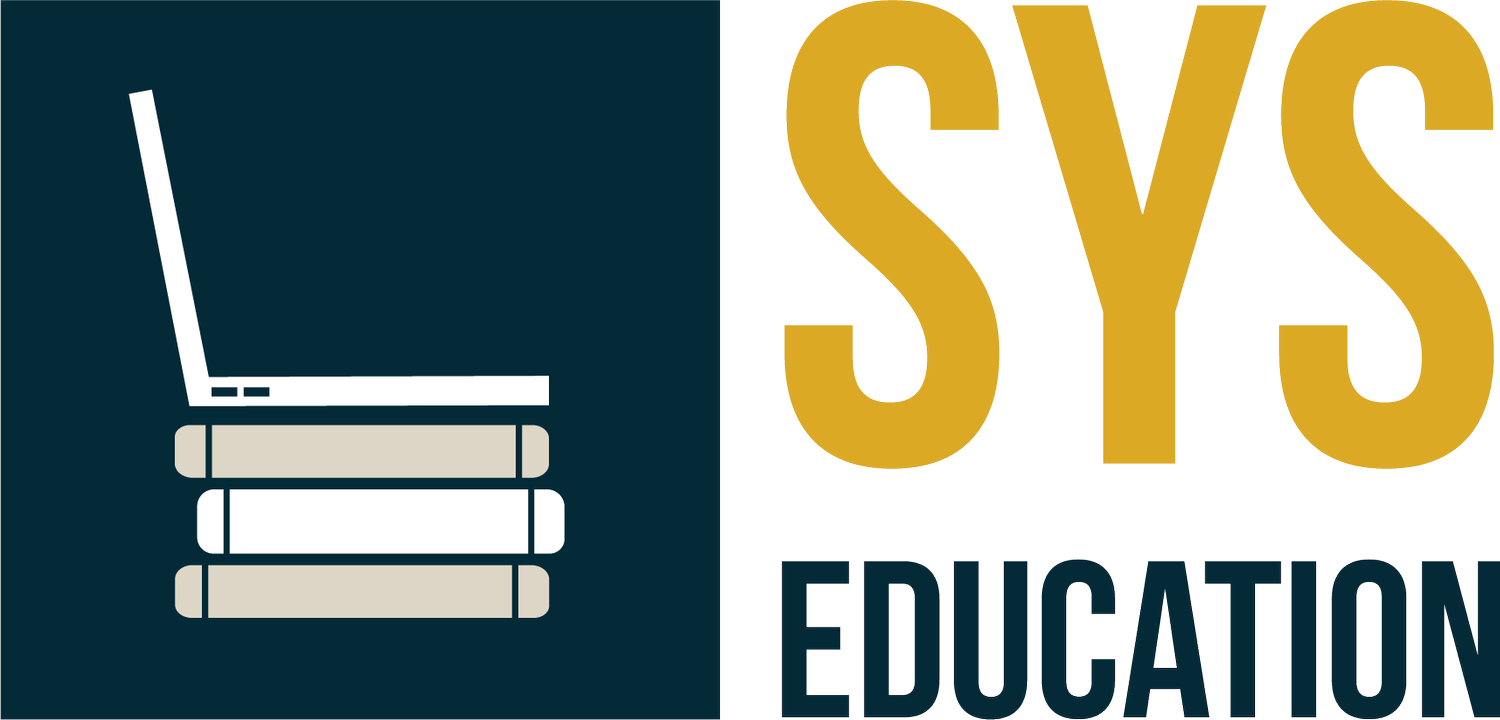How to Increase Student Choice Online
By Ashley White
Voice and Choice
A 2020 article published by Michigan Virtual highlighted the importance of “voice and choice” in relation to student engagement (Michigan Virtual). Students like to choose, so naturally having ownership over learning increases relevancy and excitement of learning.
How can online teachers offer student choice and voice when creating content in an LMS, or learning management system, takes a lot of time? And what about online schools that do not have flexibility in curriculum?
Utilize Class Time
Many online schools meet for a “live” class in Zoom or a similar platform one or more times a week and students work asynchronously on pre-recorded lessons and other assignments on non-class days.
During a live session, teachers have tremendous power to offer students a learning experience full of choice. If students may not be able to complete their assignments in lock-step with the pacing set out by the teacher, it may be difficult to teach class on a specific chapter of a book or idea that requires all students to have the exact same pace in class. However, if a teacher shifts her view of the lesson to skills-based rather than content-based, she opens up time for flexibility and choice.
An Example on Skills-Based Flexibility
In a language arts class, students may be working on identifying an author’s purpose for writing a piece. During class time, the teacher curates three or four high interest texts that compliment the overall unit topic and links them on a Google Slide. During class, the teacher may let students choose what text they would like to read and give time for students to skim the text, looking for text clues that determine an author’s purpose.
After reading, the teacher could have students work in small groups with peers who read the same text and fill out a Google Slide with text evidence that proves the author’s purpose. This is a great place to sneak in sentence starters that scaffold academic discourse for the content, too!
This activity allows students extra practice on the skill of identifying author’s purpose and collaborative learning, all while giving students the power of choice in what they read, the text clues they tease out, and how they justify their thinking.
Firm Goal, Flexible Means
An equitable classroom is one that offers student choice.
Teachers know that each student enters our classroom with a unique set of skills and interests. Likewise, each student has a unique set of skills that are still in progress. Using the lens of Universal Design for Learning, or UDL, building an equitable curriculum means having a clear direction of the skills students need to master and an understanding that there may be different ways to show mastery. The Cult of Pedagogy describes this as “firm goal, flexible means” (Cult of Pedagogy).
Allowing flexibility and choice in a classroom requires a teacher to be vulnerable, as students will likely learn to advocate for what and how they want to demonstrate their learning over time which may be different than the teacher envisioned.
Project Menus
This example of project menus is a clear example of a teacher using firm goal, flexible means. The teacher wants students to master two skills: basic text comprehension and narrative writing. She is clear on her firm goal, but allows students choice in how those skills are demonstrated. Students can choose a project that feels most engaging to them and there is a clear range of narrow and more open ended projects.
Experiment and Explore
Committing yourself to exploring choice in one unit this upcoming school year can make a huge impact on student engagement and your ability to offer customized learning for your students. For more information on increasing student choice in your school, contact SYS Education.
Ashley has taught for over fourteen years, half being in online education. Ashley’s literacy specialist background helps her understand the need for more differentiation and direct literacy instruction for all students and she works hard to build that into her curriculum. At SYS, she serves other teachers through her instructional coaching and is passionate about supporting teachers in developing the best possible learning experiences for their students.


